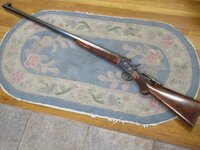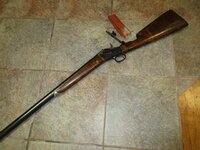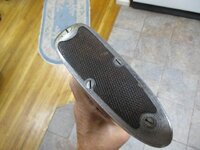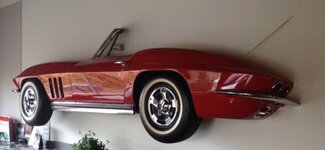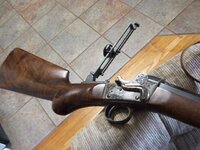If it was mine...
I'd remove any active rust...
Lightly clean the rifle without removing any patina...
Repair any cracks in the stock that are likely to continue to split or enlarge....
Then just leave the rifle alone...except to maintain it as is.
Andy
What I was going to say. Or contact Steve Mohler (pronounced Miller) Gunsmithing. Top-notch work and "reasonable" prices when quality is factored in.







